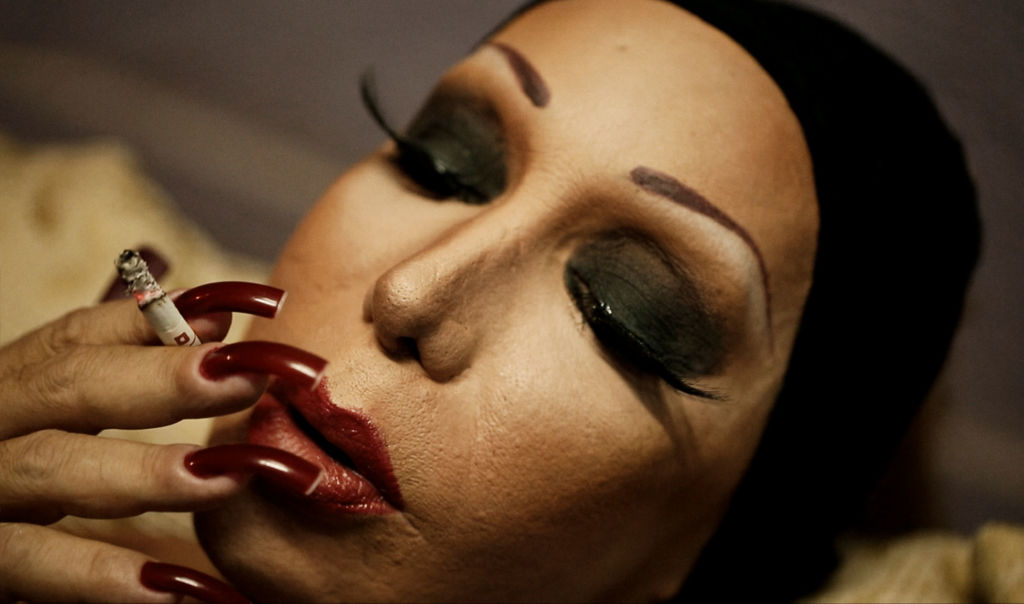In Brazil, a half-century since the beginning of a military dictatorship that lasted more than 20 years and clearly continues to affect the country, the general atmosphere is threatened by the return of censorship, which now weighs most heavily upon the art world.
After the arrest of artist Maikon Kempinski for “obscene acts”, or the controversy surrounding Wagner Schwartz’ performance at MAM São Paulo, now it is the Queermuseum: Queer Tactics Toward Non-Heteronormative Curating exhibition under pressure.
Built primarily as an ode to singularities and a hymn of diversity, Queermuseum is nevertheless accused of exhibiting works deemed libidinous, pernicious and offensive to the moral and religious order. A major media campaign led by ultra-conservative groups sparked public outcry over the event, which was underway at the Santander Cultural space in Porto Alegre, forcing it to close its doors.
It is a classic case of “slander”, claims the exhibition curator Gaudêncio Fidèlis, full of “hasty and biased interpretations”. Even the courts refuse to recognize any legal offence. This is a case where the fate of art is a sign of things to come: “We should not only fear for the future of art, but for the future of democracy!” adds Gaudêncio.
A movement generating considerable support has gathered momentum, with protests and a participatory financing campaign launched by artists like Adriana Varejao or Vik Muniz reaching people well outside the contemporary art circuit thanks to the popular singer Caetano Veloso, for example.
The exhibition was set to re-open in Rio de Janeiro at MAR, but given the magnitude of the threats, and despite the popular support mobilized in favor of the exhibition, the National Museum turned its back. This is unsurprising considering that one of the people trying to undermine the movement is Rio’s very own mayor, Marcelo Crivella, who already made headlines the day after his election by refusing to be present at the Carnival opening parade and by slashing the budget for Samba schools. By attacking one of the largest symbols of Brazil’s most popular and important festival, he set the tone: Marcello Crivella, former minister for fishing and aquaculture, but also a Gospel singer, engineer, taxi driver, senator from the Brazil Republican Party and… Evangelical pastor, has taken office as the Mayor of Rio in the sensual beginning of 2017 and intends to make the winds of austerity and hyper-control blow through his city.
Thanks to private funds collected via crowdfunding, the Queermuseum exhibition finally re-opened at the School of Visual Art where it can be visited for free but under close video surveillance and in the presence of a couple dozen security guards. The school’s director is happy to have received fewer menaces than MAR, and Gaudêncio Fidelis remains optimistic: “It is a big moment for Brazilian democracy, a strong gesture that shows that the most progressive sectors of society do not accept censorship (…) for such an important and serious act of censorship hasn’t been seen since the dictatorship.”
Cover: Screenshot of Queermuseum crowdfunding project presentation video.









